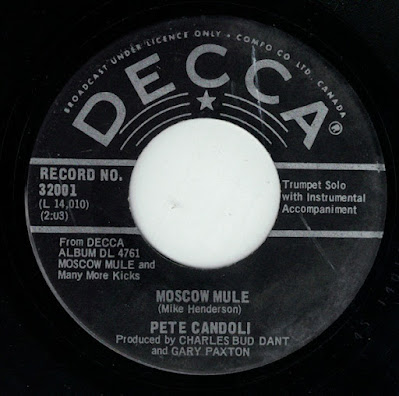Florence Glenda Chapman (née Ballard; June 30, 1943 –
February 22, 1976) was an American singer and a founding member of the Motown
vocal female group the Supremes. She sang on 16 top 40 singles with the group,
including ten number-one hits. After being removed from the Supremes in 1967,
Ballard tried an unsuccessful solo career with ABC Records before she was
dropped from the label at the end of the decade.
 |
| Florence and her mother |
Florence Glenda Ballard was born in Rosetta, MS, June 30,
1943, the ninth of 15 siblings. The family moved to Detroit before she turned
ten to take advantage of the city's booming job market. Ballard took music
classes, sang in her school's choir, and built a reputation as a talented singer
in her neighbourhood. At 14, she befriended the Primes (Paul Williams, Eddie
Kendricks, and Kell Osborne) and performed a few gigs with the smooth, silky
trio at Detroit venues. The Primes' manager, Milton Jenkins, encouraged Ballard
to form a sister group to the Primes, so she chose Mary Wilson, Betty McGlown,
and Diane Earle (Diana Ross). All sang lead, but McGlown left early and was
replaced by Barbara Martin. Wilson had the lowest voice; Ballard, the most
demonstrative; and Earle, the highest with a razor edge.
 |
| The Primettes |
The Primettes played hops, talent shows, and house parties
for fun and experience. They tried to get a deal with Berry Gordy's Motown
before they graduated from high school, only to be told to try again after they
finished; they cut a one-off record for the Lupine label, did backing sessions
for Lupine-affiliated labels, and were present during occasional sessions for
Gordy. Their single, "Tears of Sorrow" b/w "Pretty Baby,"
didn't leave make much of an impression but displayed compelling harmonies and
fascinating leads. Around the time of its release, Ballard was sexually
assaulted by future professional basketball star Reggie Harding. This greatly
altered the singer's outlook and behaviour.
Gordy signed the Primettes the second time around in 1961.
After a renaming to the Supremes (Gordy didn't like the Primettes), they cut
their first single on Tamla; parental pressures forced Martin to quit shortly
thereafter and "I Want a Guy" flopped. Soon, the producers zeroed in
on Earle and rarely wrote anything for Wilson or Ballard. After a series of
flops, number one smashes became automatic. The pace was frantic and Motown
muddied the water by pushing Wilson and Ballard out of the limelight to
spotlight Ross.
Ballard didn't take the snub well. The breaker came when she
tired of the relentless pace and started missing gigs. By 1967, Cindy Birdsong
(formerly with Patti LaBelle & the Bluebelles) had replaced her as a member
of the Supremes. Lawsuits ensued. The money Ballard thought was sitting in a
bank turned out to be a pittance. She married Thomas Chapman, a former Motown
chauffeur, in 1968, and through various connections inked a deal with
ABC-Paramount.
George Kerr produced her first single, "It Doesn't
Matter How I Say It" (1968), but radio play was almost nonexistent. She
completed an album, “You Don't Have To”, that ABC left for dead. Despite gigs
opening for Wilson Pickett, some television appearances, performing with Bill
Cosby, and singing at President Nixon's inauguration party, Ballard experienced
no commercial success. ABC released "Love Ain't Love" in the fall of
1968 but let it languish. The label had soured on Ballard, some say because of
Chapman's constant demands, and didn't extend her contract. She never got
another record deal.
Within a few years, Ballard's personal and financial
conditions went from bad to abject. She moved into public housing, and Chapman
(with whom she had three children) left the family. After receiving an
insurance settlement in 1975, she cleaned up her situation and made another go
at recapturing stardom. An appearance at Detroit's Ford Auditorium gave her a
needed boost. She reconciled with Chapman, purchased a new house, and did
television. But the melancholy years, fuelled by chemicals and alcohol,
weakened her system and on February 21, 1976, Ballard entered Mt. Carmel Mercy
Hospital, complaining of numbness in her extremities. She died at 10:05 ET the
next morning from cardiac arrest caused by a coronary thrombosis (a blood clot
in one of her coronary arteries), at the age of 32. Ballard is buried in
Detroit Memorial Park Cemetery in Warren, Michigan.
Ballard's death was considered by one critic as "one of
rock's greatest tragedies". Ballard was posthumously inducted to the Rock
and Roll Hall of Fame as a member of the Supremes in 1988.
Edited from AllMusic & Wikipedia)
















































